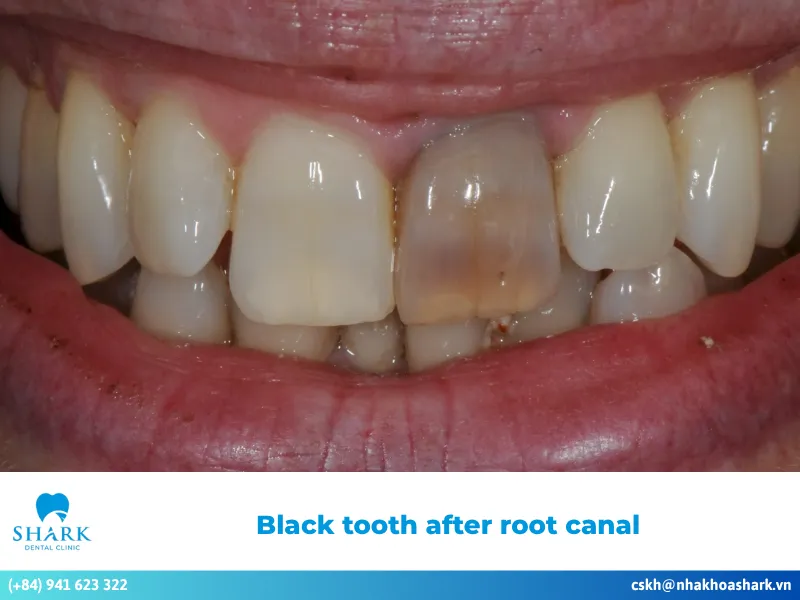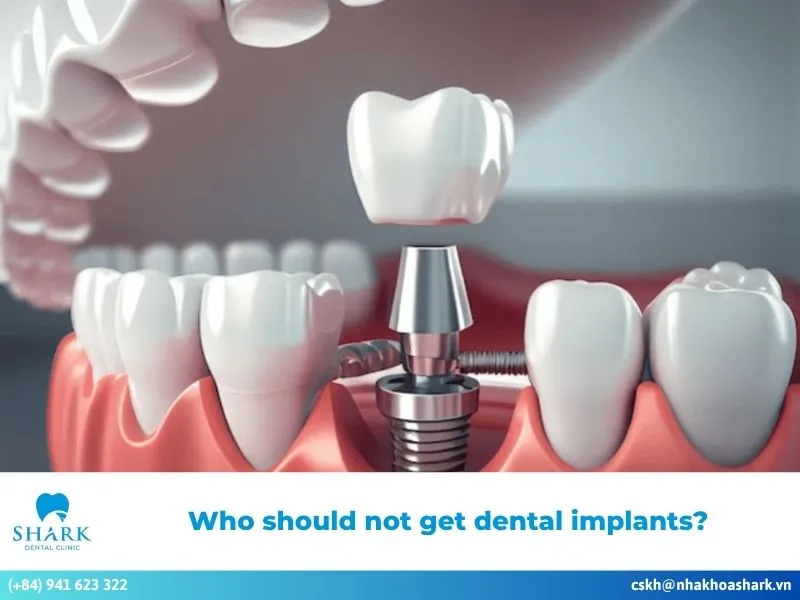A dead tooth not only causes pain and discomfort but also significantly affects both aesthetics and chewing function. Therefore, this condition requires prompt treatment through root canal therapy. To provide a clearer overview before undergoing this dental procedure, let’s examine the dead tooth root canal before and after images provided by Shark Dental Clinic!
Understanding dead tooth root canal
A dead tooth occurs when the dental pulp tissue inside becomes inflamed or damaged, leading to a loss of recovery ability. This condition typically arises from tooth decay, trauma, or untreated long-standing oral diseases.
The goal of root canal treatment for a dead tooth is to completely remove the damaged, infected, or necrotic pulp to prevent bacteria from spreading and to avoid complications that could jeopardize oral health. This procedure is both safe and effective, allowing patients to preserve their natural teeth rather than resorting to extraction.
Typically, the procedure involves cleaning and shaping the root canal system before sealing it tightly. This process helps maintain the natural tooth and restore comfortable chewing function.
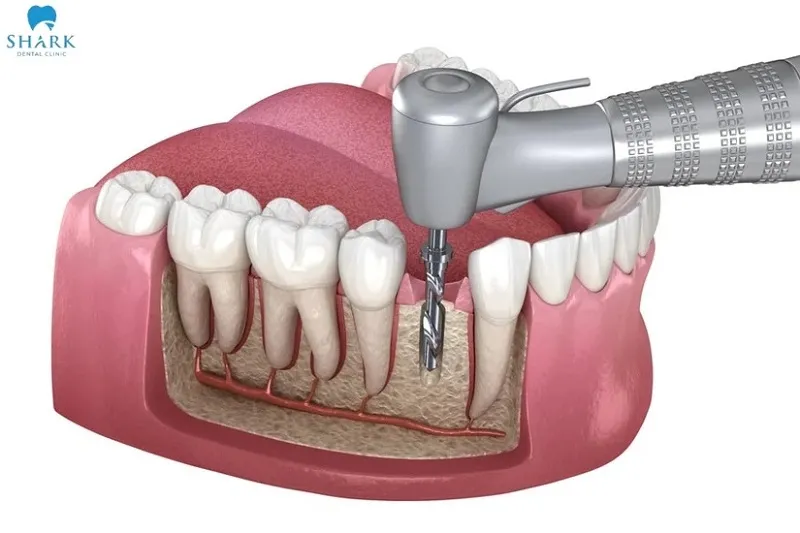
Before root canal procedure
A tooth with dead pulp often experiences several stages of infection and degeneration before it becomes fully necrotic. At this late stage, the pulp no longer has the capacity for recovery seen in earlier phases.
Common signs at this stage include:
- Significant reduction in tooth pain compared to previous stages due to the death of the nerves inside the pulp.
- Lack of sensitivity or pain when consuming hot or cold foods.
- Gradual color change in the dead tooth to gray, dark yellow-brown, or black due to the degeneration of substances within the root canal.
- Bad breath resulting from decomposing pulp tissue.
- Pus-filled bumps or abscesses appearing around the area of the necrotic tooth.
- Swelling of the gums, cheeks, or infection surrounding the dead tooth.
If you notice these symptoms, it is crucial to visit a reputable dental clinic immediately for examination and timely treatment to prevent complications that could affect your oral health.
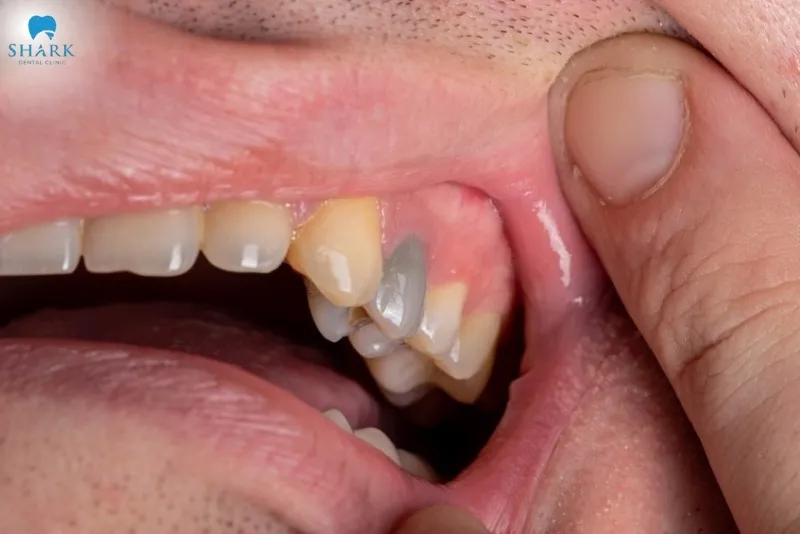
After root canal procedure
Following root canal treatment, the necrotic pulp tissue will be removed. The dentist will clean, shape, and seal the canal to preserve and restore the functionality of the natural tooth. You may experience some sensitivity or mild pain when touching the tooth, often caused by a wide root apex or stimulation from the filling material. However, these symptoms typically resolve within 4–5 days, so there is no need for concern.
To ensure a smooth recovery, it’s important to maintain proper oral care and attend regular dental check-ups to detect and address any unusual complications early. Specifically:
- Manage pain using antibiotics or pain relievers prescribed by your dentist.
- Practice good oral hygiene to prevent infection.
- Avoid hard or chewy foods in the first few days to minimize pressure on the treated tooth.
- Refrain from smoking or drinking alcohol, as these can hinder the healing process.
- Attend routine dental check-ups following root canal treatment.
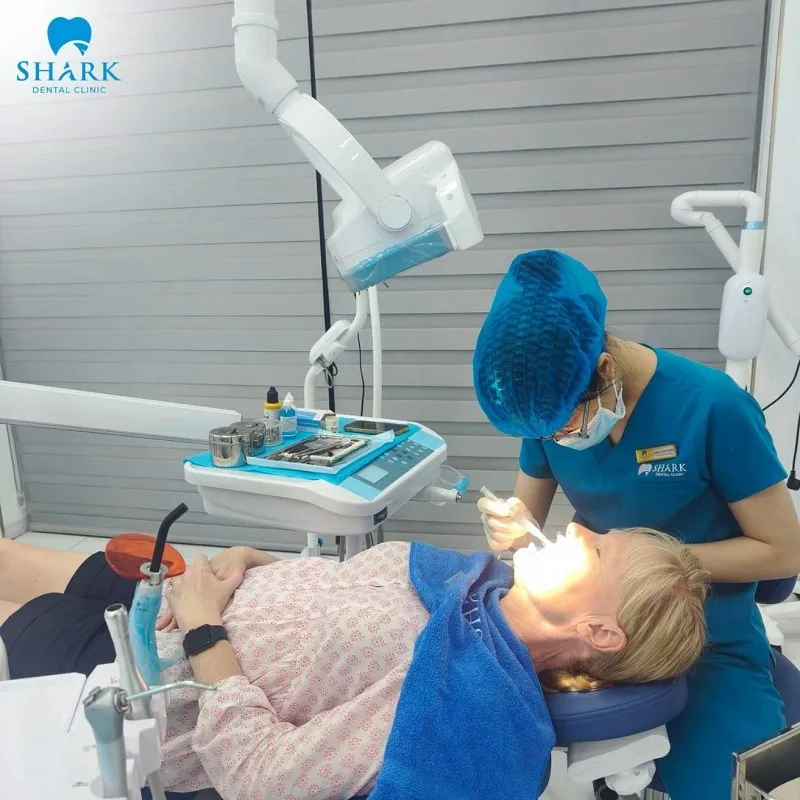
Before and After Comparison
To clearly demonstrate the effectiveness of this method, please refer to the comparison table below, which outlines the conditions before and after root canal treatment:
| Characteristic | Before Root Canal | After Root Canal Treatment |
| Pulp condition | Necrotic pulp tissue with spreading infection | Pulp tissue removed; no signs of infection |
| Pain condition | Severe sensitivity or swelling in the surrounding area | No more pain, only mild sensitivity during the first few days |
| Tooth Color | Tooth appears gray, dark brown, or deep yellow-brown | Tooth color restored through filling or crown |
| Tooth Function | Reduced chewing ability and aesthetic appeal | Normal chewing ability restored, though the tooth is now more fragile and susceptible to fractures |
| Surrounding Tissue Damage | Possible pus-filled bumps or abscess causing infection | Infected bacteria around the root apex gradually decrease and disappear |
Dead tooth root canal before and After images
Below are some images showcasing the results of dead tooth root canal treatments for your reference.
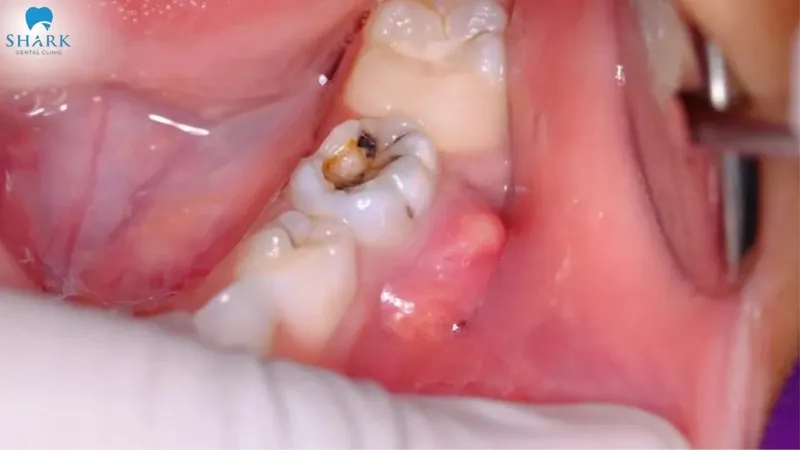
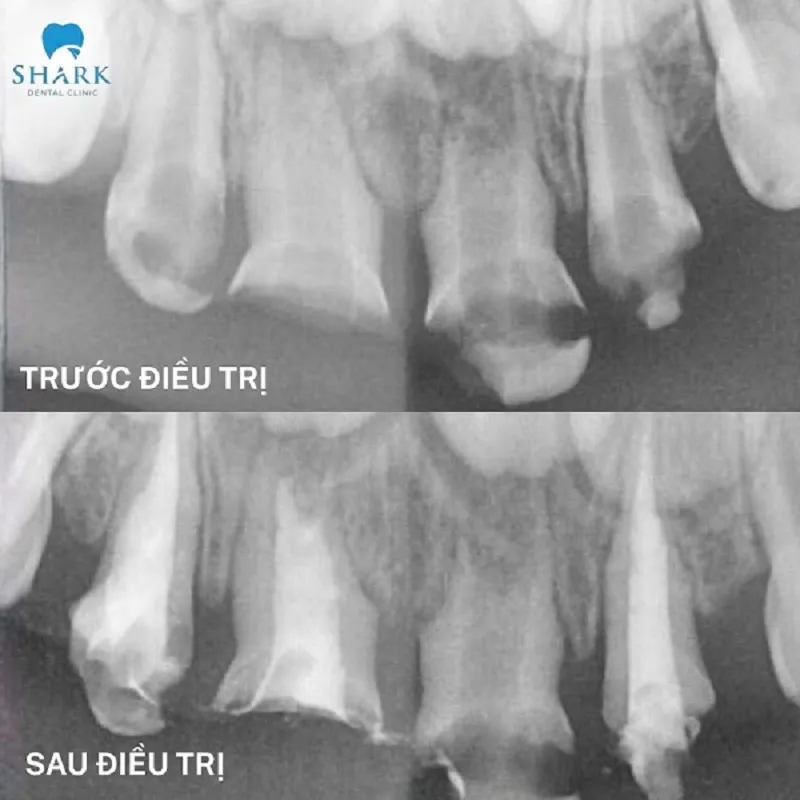
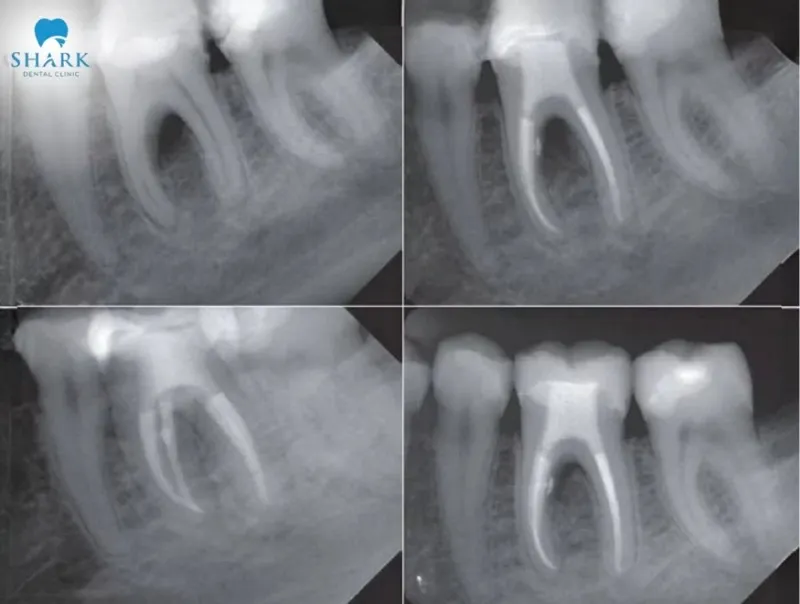
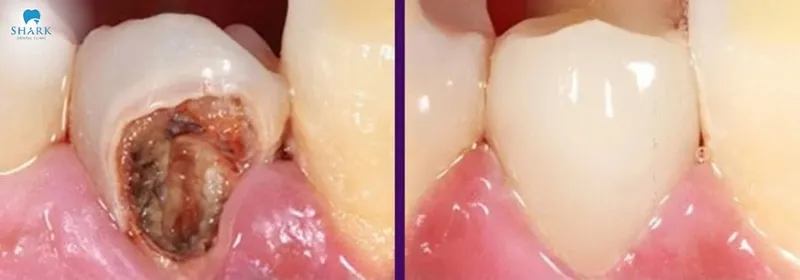
Dead tooth root canal before and after by Shark Dental Clinic should help clarify your understanding of this oral condition. If you are experiencing similar issues, it is important to visit your dentist as soon as possible for an examination and timely treatment. This proactive approach not only helps preserve your natural teeth to the greatest extent but also prevents potential complications from arising.
>>> See more: Root canal treatment costs in Ho Chi Minh City





